|
Hu Shih was one of the greatest literary figures in the history of China, and completely changed the literary and scholarly world in China and Taiwan for the better. After he passed away, a memorial hall was erected in his honor as well as a graveyard park.
As a lifelong student of Chinese, I am a big fan of Mr. Hu, and hopefully after reading this blog you will be as well! I was surprised when I first moved to Nangang that his grave and memorial hall are right here, so of course I wanted to make a blog about it. Who was Hu Shih?
While I was getting my bachelors degree in Chinese, we studied the works and lives of many contemporary Chinese authors. Hu Shih was one of the main authors that we studied because of his impact on the literary world at the time. He was the founder and mover of the "Baihua Movement 白話運動" or "Chinese literary Renaissance," which meant that he worked to change the grammar used in Chinese literature to spoken vernacular instead of ancient Chinese grammar. This is the equivalent of changing the written language used in the USA from Latin to English. This movement proved to be successful, and every textbook in China after 1921 has been written in Mandarin vernacular.
He published many books in vernacular about Chinese history and Philosophy, using scientific methods for his work. He also wrote a few poems in vernacular, although they were not the best quality in comparison to his contemporaries. He was an important influencer in the May 4th movement as well as the New Culture Movement. In 1939 he was also nominated for the Nobel peace prize in literature. Later in life he supported fee speech in Taiwan under authoritarian rule. He also served as president of Academia Sinica. Based on the brochure given out at the Memorial Hall (pictured above), here is a short biography:
In 1964 a small exhibition room was made to honor the life of Hu Shih, and was rennovated in 2001 to become the Hu Shih Memorial Hall. The graveyard park was completed in 1974 near the site of his grave. Hu Shih Graveyard Park Hu Shih graveyard park is a small park in Nangang next the the Academia Sinica, honoring the literary scholar Hu Shih and other academics important to the Republic of China (ROC). The park is open 24 hours a day all year round. Please see the map below for the exact location:
Now I will take you on a tour of the park. When you first enter the park you will find an archway as well as a row of fountains:
Let's find out more about Mr. Hu by reading the sign below (see translation below):
Translation:
Hu Shih's Graveyard Mr. Hu Shih was born December 17th, 1891 and died February 24th, 1962 at the age of 70.... From walking on these trails, one can first find Mr. Hu Shih's bronze bust, which was created by Mr. Yang Yingfeng, and donated by the China College Taiwan Classmate Association. If you keep walking down the footpath, you will enter the main grave area, at the entrance there is a large marble tablet on which is written an epitaph. After climbing the stone stairs, a white pavillion surrounds the main gravestone wall. Beneath the pavilion one can ponder upon a generation of philosophers. On either side of the grave are smaller monuments for Hushi's eldest son Hu Zuwang and younger son Hu Sidu.
Mr. Hu Shih's bronze statue!
This sign says "Mr. Hu Shih's Image."
Here is a map of the park. The first paragraph just repeats what we saw in the previous sign. The second and third paragraphs read as follows:
"Leaving the main grave, to the left taking the path down one can find the half body bronze bust of Mr. Hu Shih, which was created by Mr. Yang Yingfeng, and donated by the China College Taiwan Classmate Association. After touring Mr. Hu Shih's grave, you are welcome to visit the Hu Shih Memorial Hall in Academia Sinica, and tour his residence as well as literary works." What a great idea Mr. sign! We will visit the Memorial Hall later in this blog post. Keep reading!
The marble epitaph that was mentioned earlier. It reads:
"This is Mr. Hu Shih's grave. He was born December 17th, 1891 and died February 24th, 1962. He helped improve academia and culture, and devoted his life to freedom of thought and expression, education of the people, and betterment of mankind, this respected and hardworking man lied here to rest. We believe this image will fade, land and valleys will change, but the enlightenment that the philosopher that lies in this grave gave the world will exist forever. Academia Sinica Hushi Department Head Dedicates this memorial stone, October 15th, 1962."
This stone reads "In honor of the tenth anniversary of Hu Shih's remembrance day, this stone is dedicated by the director of the Hu Shih memorial visitor's center February 24th, 1972."
His tomb reads something to the effect of: "Virtuous Knowledge and Prosperous Thoughts." Does this place remind you of the graveyard in Legend of Zelda: Ocarina of Time? After your time?
The top of the grave reads: "The grave of the President of Academia Sinica Mr. Hu Shih and his wife Jiang Dongxiu."
Chiang Kai-shek's signature on the grave.
Further up the footpath, there are a few other things to see.
Here is a fancy bench with some vines growing on it. A popular place for photos.
This sign reads:
"Hu Shih Memorial Pavilion" "The funds for this pavilion were donated by Peking Universities' Taiwan Classmate Association in order to honor Mr. Hu. This pavilion was built in February 24th, 1963, a decade after Mr. Hu's death."
Further up the path, you can find the graves of other scholars such as this one for Dong Zuobin and his wife.
Dong Zuobin was Mr. Hu's contemporary and was a well known archaeologist for his work with decoding turtle shell writing in early China. His construction of the Shang Dynasty chronology was an important research achievement in his time.
Dong Zuobin's bust and image are also next to the grave.
I'm not going to spend any more time talking about Mr. Dong or the other scholar graves in the park, because I want to focus on Mr. Hu.
Here we loop back to the entrance of the park.
There is also a map of the park just in case you get lost.
Another view of the fountains.
Here is a concrete wall where students can quote the works of Mr. Hu.
It seems there are quite a few blank spots in here.
Maybe they only let students with a perfect GPA write on the wall. Okay, lets move on over to the Memorial Hall, which is a short walk away.
Hu Shih Memorial Hall
The Memorial Hall is located inside Academia Sinica close to the Hushih Graveyard Park.
Operating Hours: Tuesdays to Saturdays, 9:00am to 5pm. Website: http://www.mh.sinica.edu.tw/koteki/ Location: Please look at the map below for reference:
Once you get there you can begin the tour which consists of a view of Mr. Hu's life and works and also his former residence.
Again, there is a map at the entrance in case you get lost.
All hail Mr. Hu!
Here you can see his biography and literary works throughout his career, although most of this is in Chinese.
His personal affects are also on display. There is also a display about his studies at Cornell and Columbia University in America.
His diplomatic passport from when he was the ROC diplomat to the United States during WWII.
A few of his personal chops.
His calendar, journal, medications, an award from the Mayor of New York etc. etc. are also on display.
The man's wardrobe.
Now we enter his former residence.
His study: notice the extensive set of books around.
His bedroom.
I assume this is the same as it was the day he died?
His wife slept in a separate room apparently. They were put into a traditional arraigned marriage but remained married despite Ms. Hu being an illiterate farm girl and Mr. Hu's fame as a literary scholar.
Once you are done with the tour, you can enjoy watching the fish outside.
If you come to the memorial, you might need to bring a friend that knows Chinese because there is not a lot of English explanations in there.
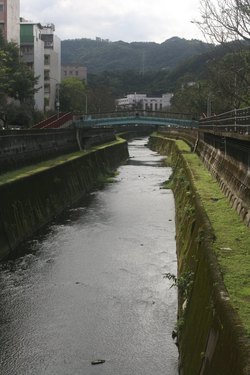
Hu Shih Bridge! Okay I think we've covered most everything named after Mr. Hu.
Thanks for reading the whole thing! Hopefully you know a little bit more about the man the myth the legend Mr. Hu Shih who was arguably the most influential literary figure in modern Chinese history. This place is worth a visit! Please like, comment, and share to help more people learn about Taiwan's literary and cultural history!
0 Comments
Your comment will be posted after it is approved.
Leave a Reply. |
Author 作家I am an American expat who has extensive experience living, working, and traveling in Taiwan. In my day, I had to learn many things about Taiwan the hard way. But I have come to learn that Taiwan is one of the best places in the world for Foreigners to live. This blog does not represent the opinions of every foreigner in Taiwan. I am just trying to help others learn more about this beautiful country. Categories
|


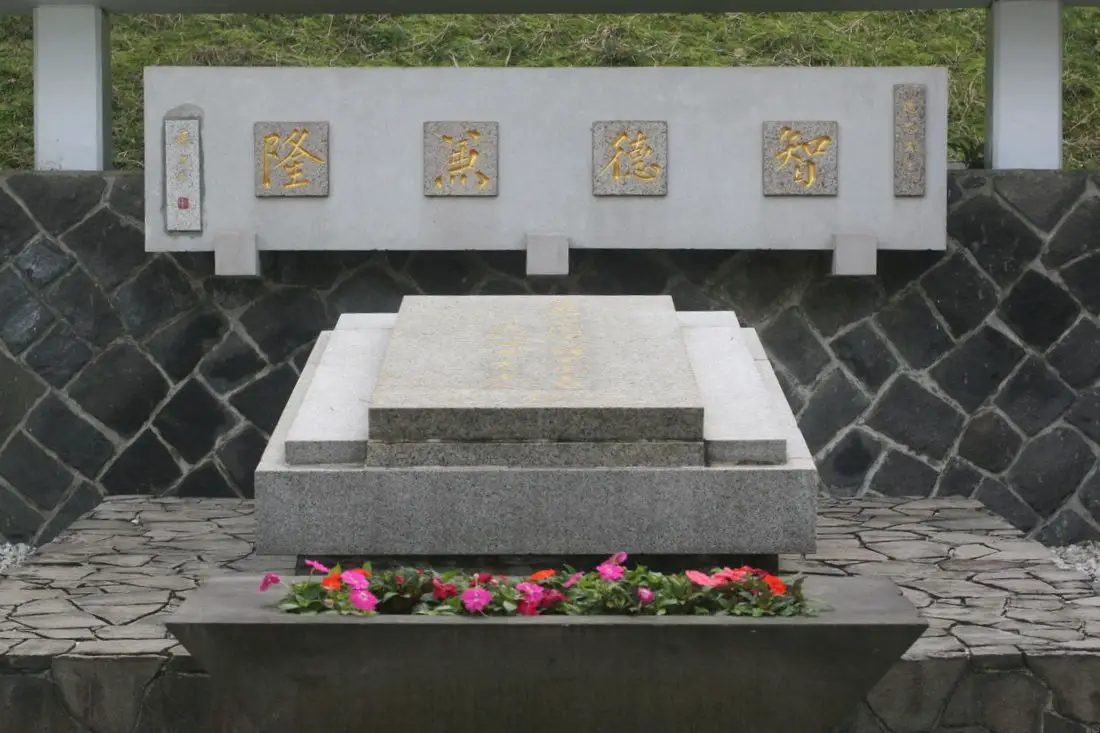
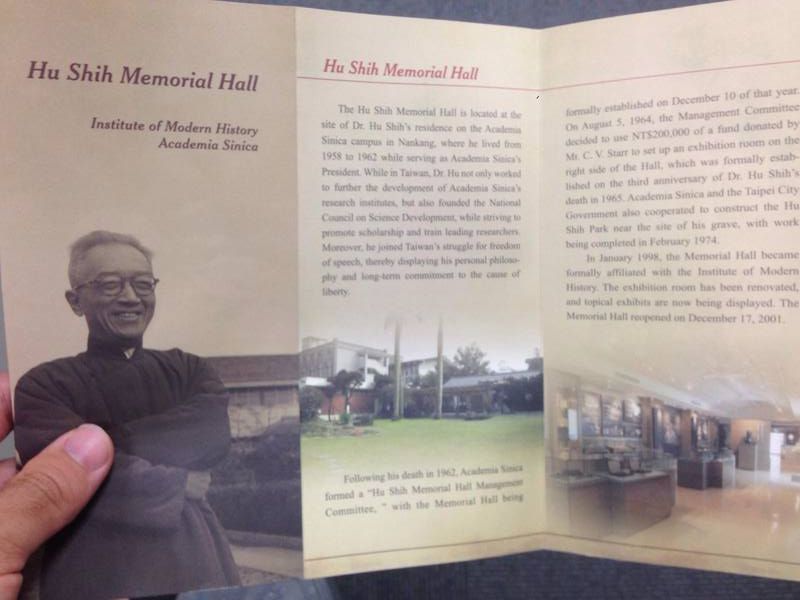
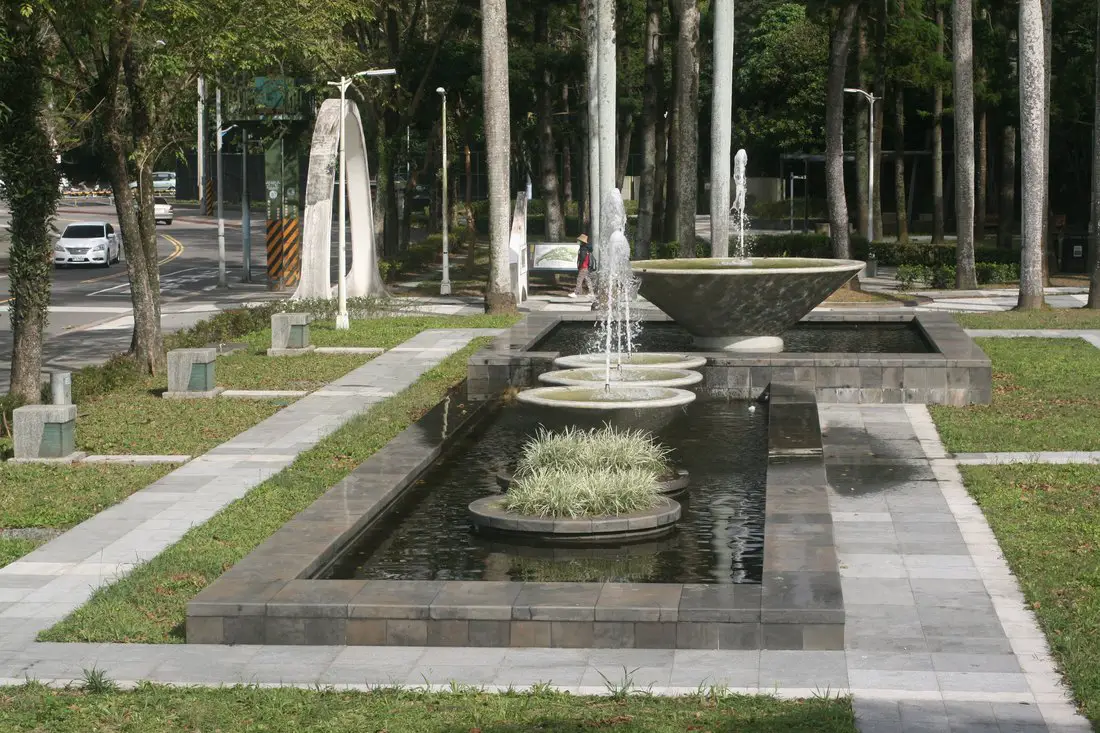
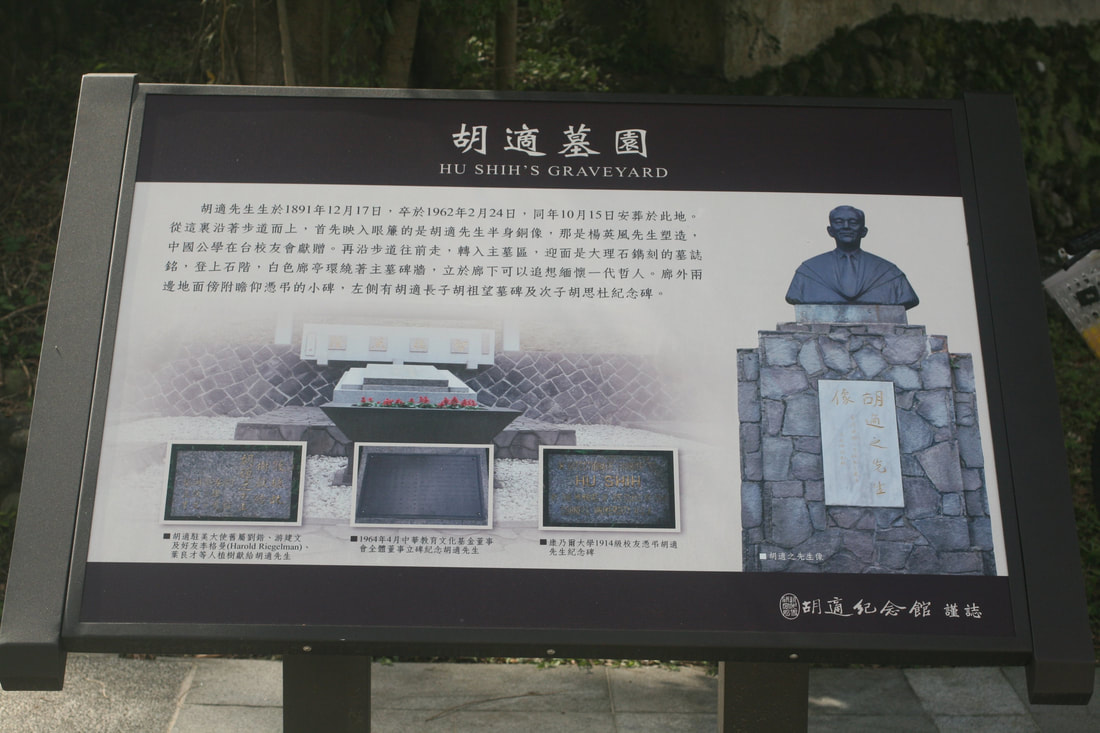

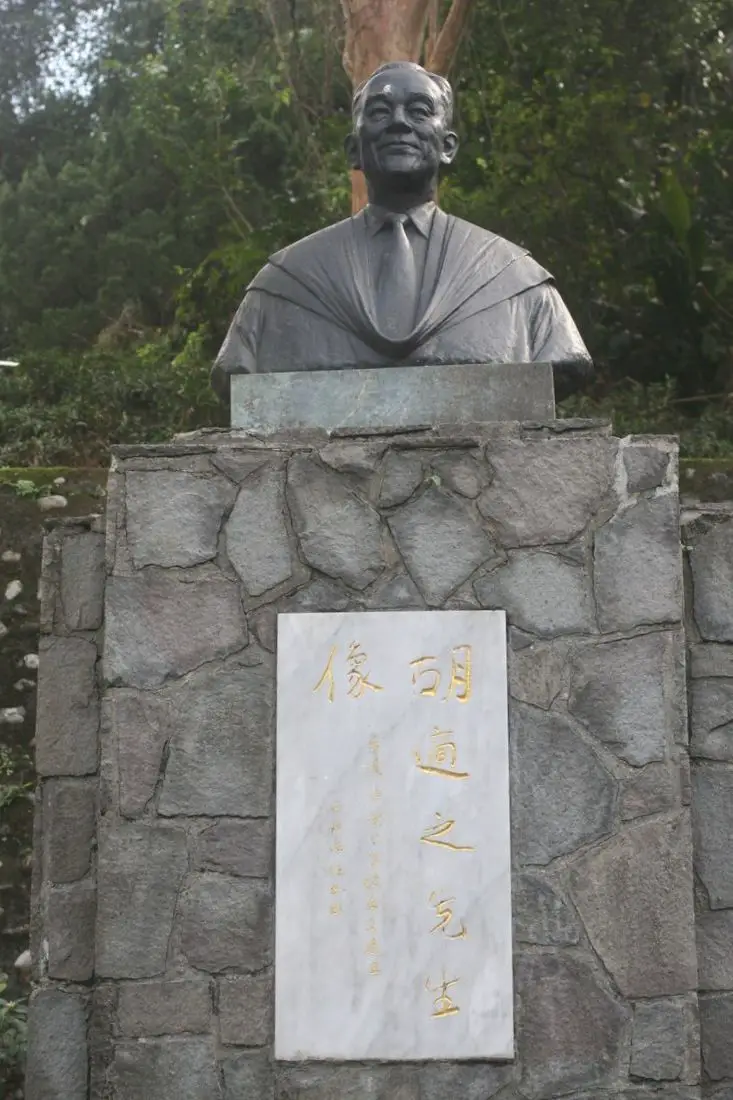
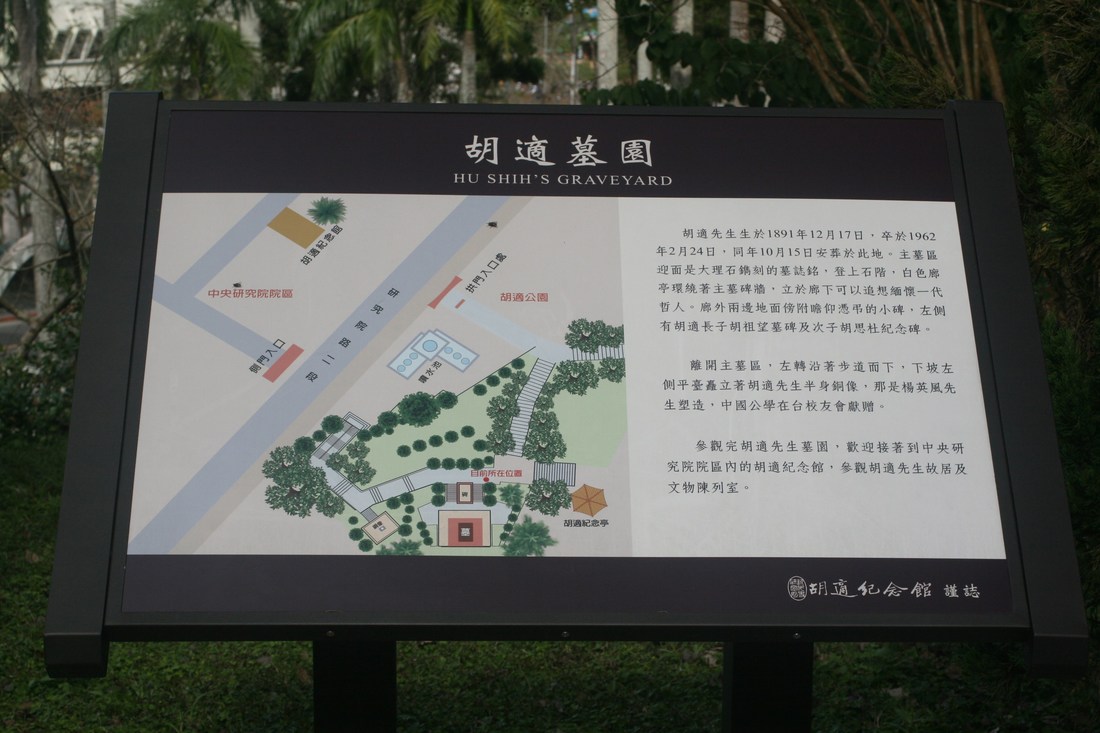
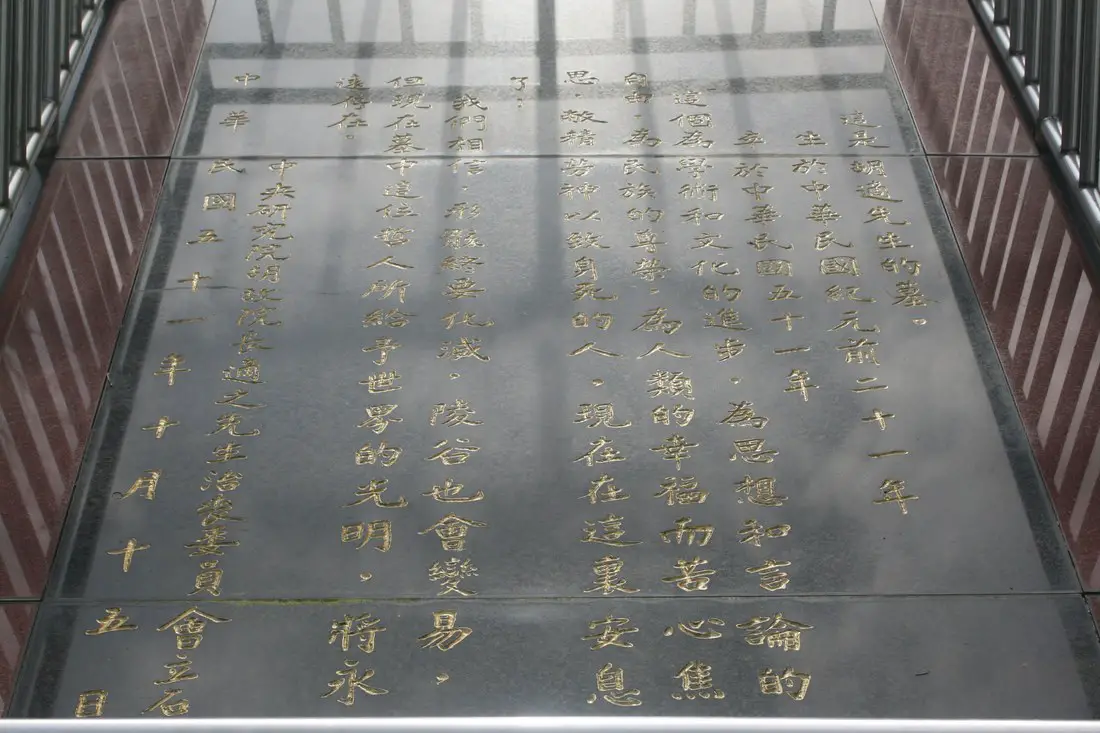
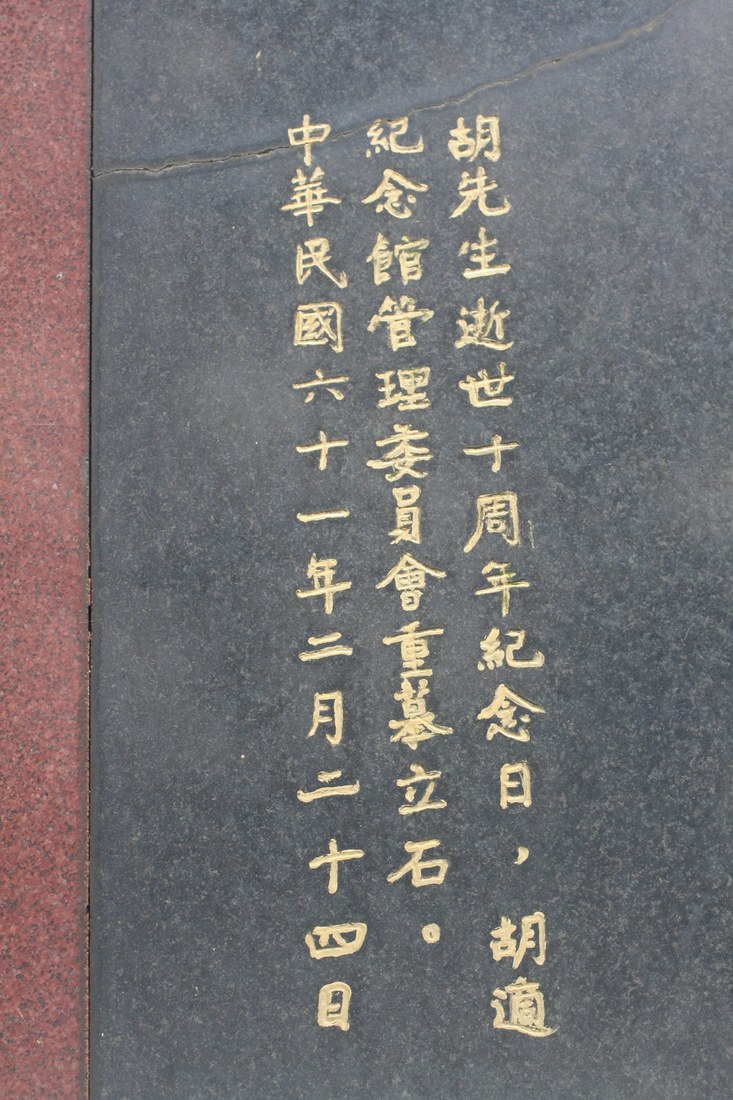
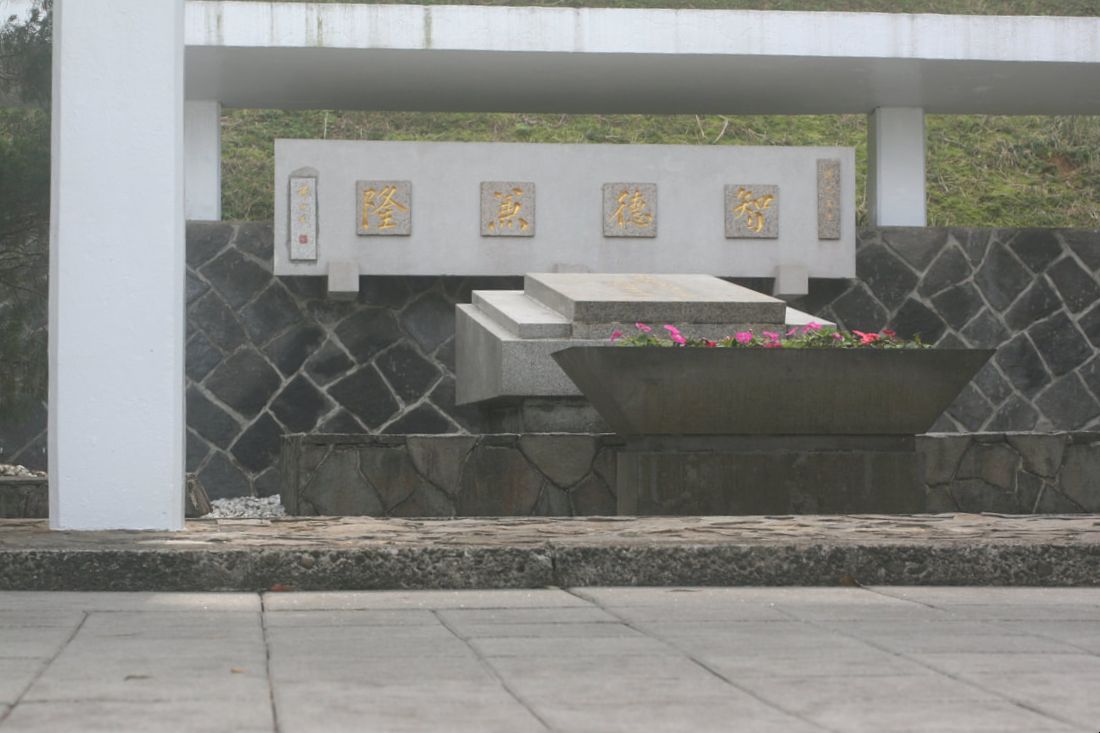
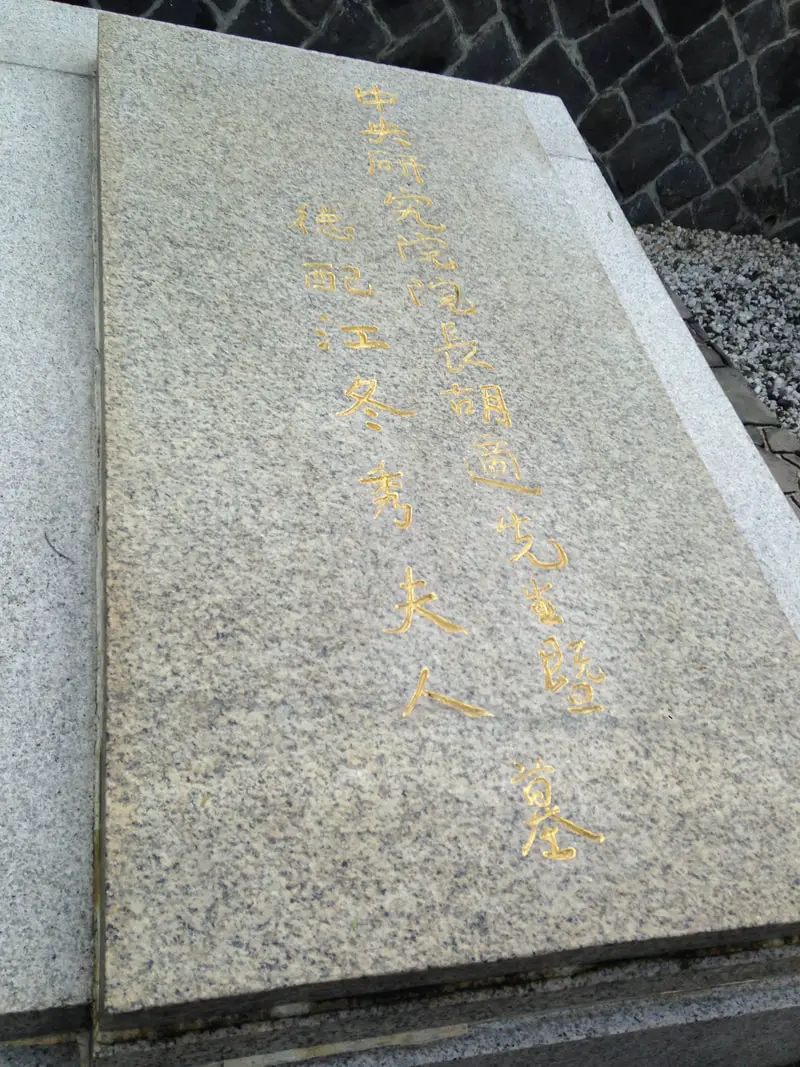
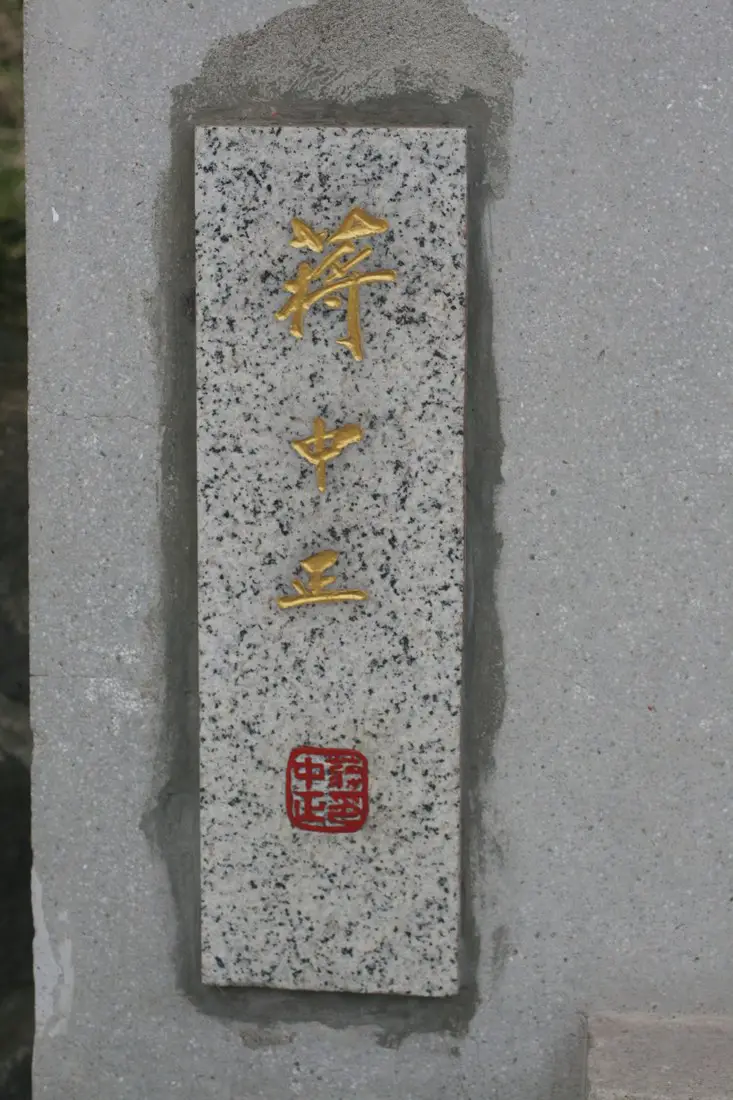
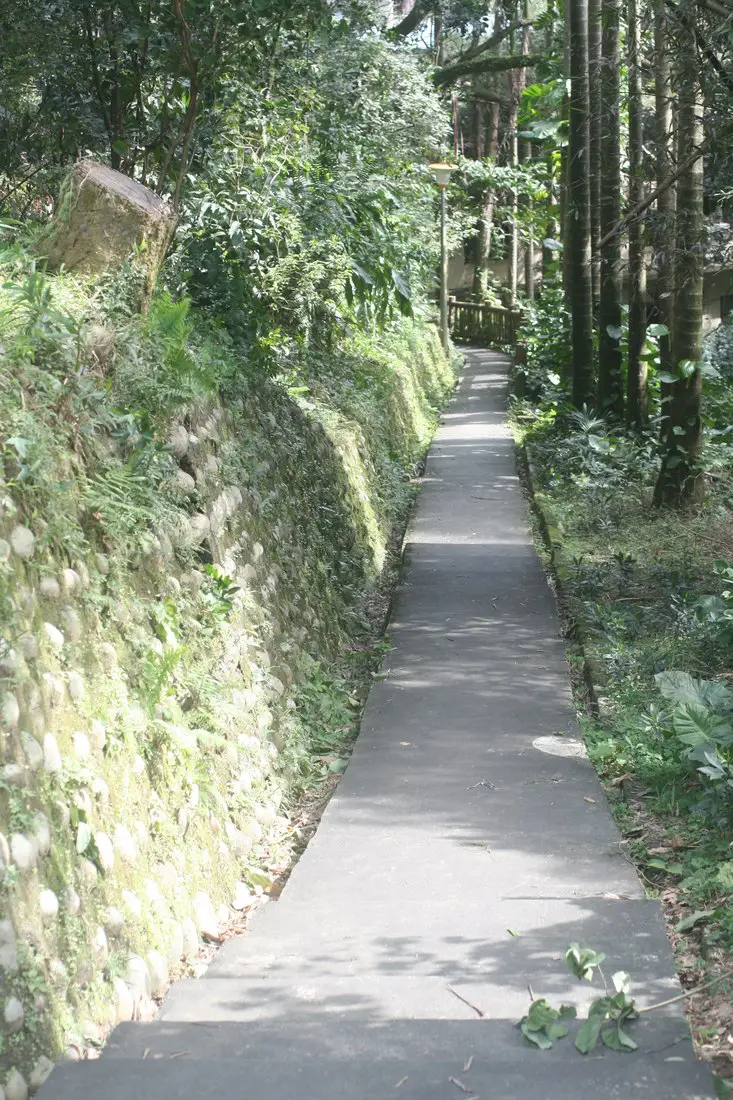
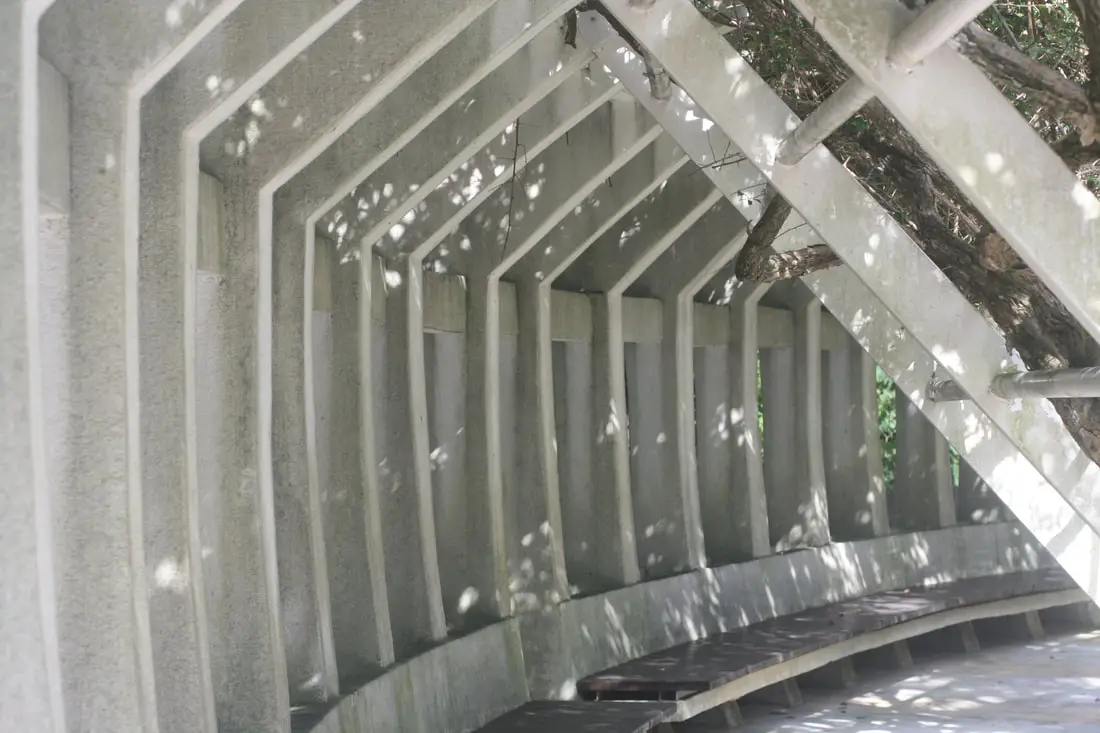
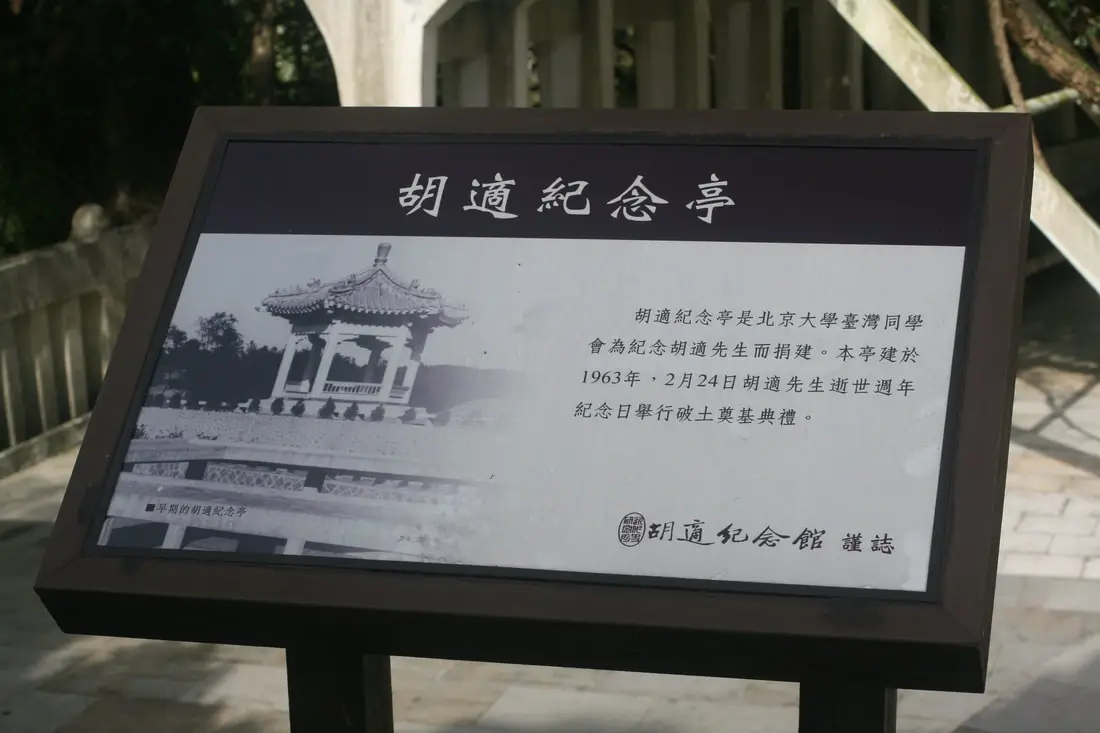
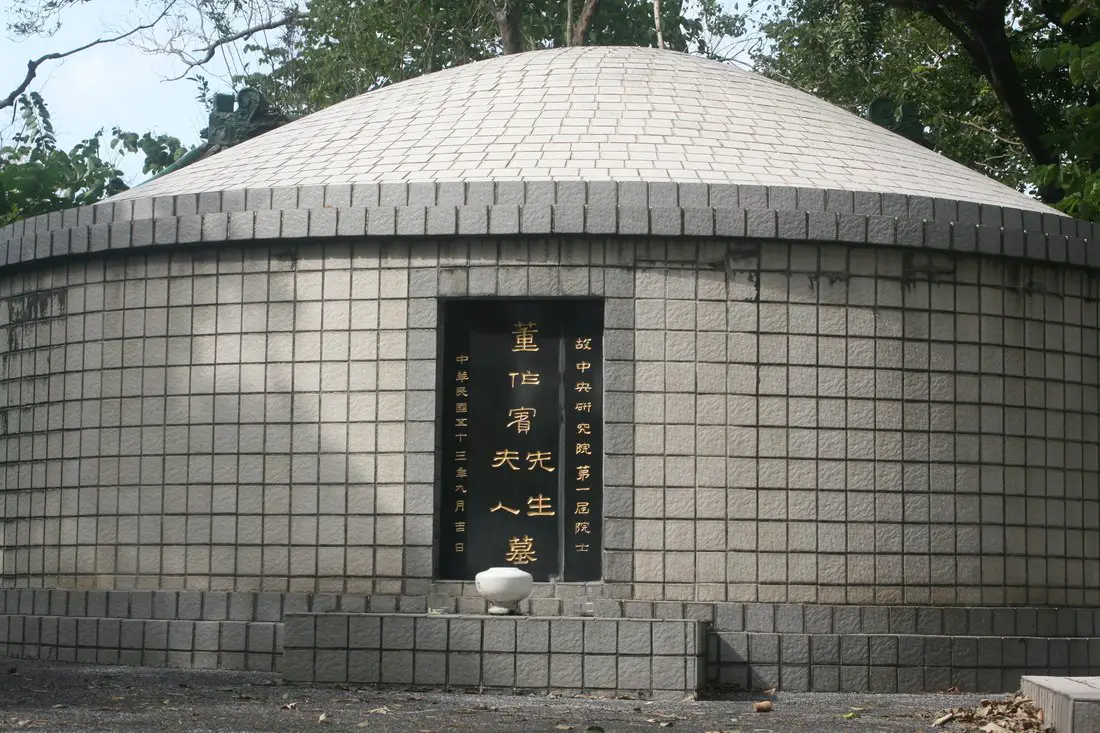
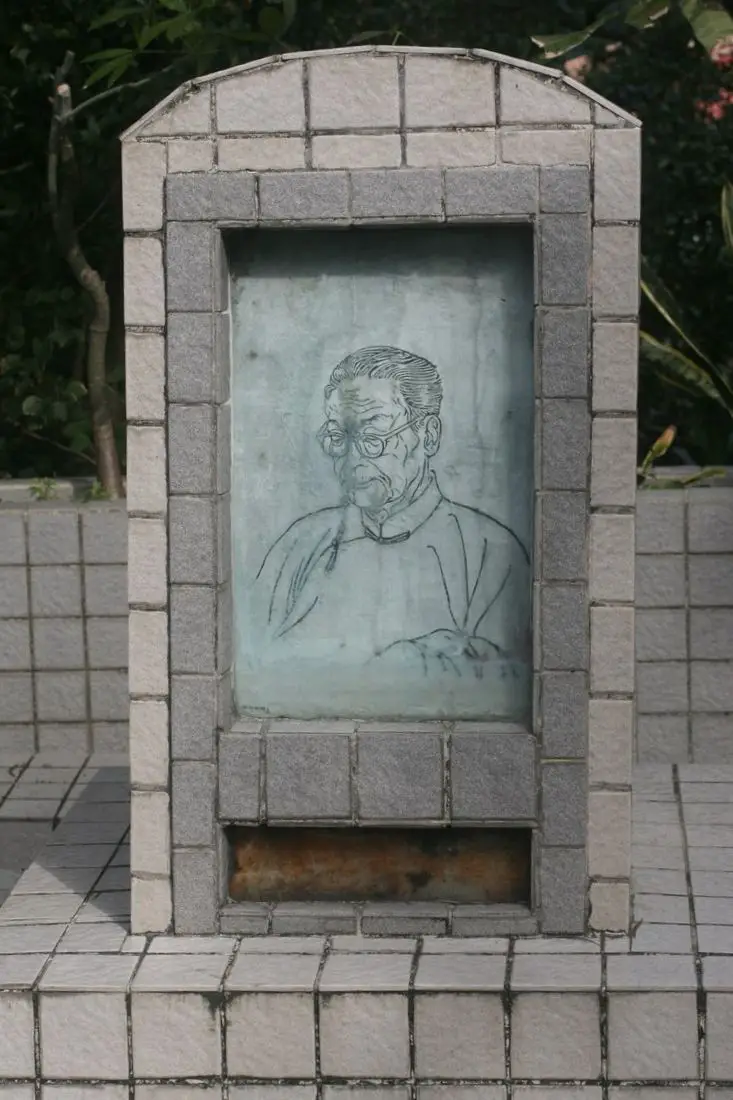
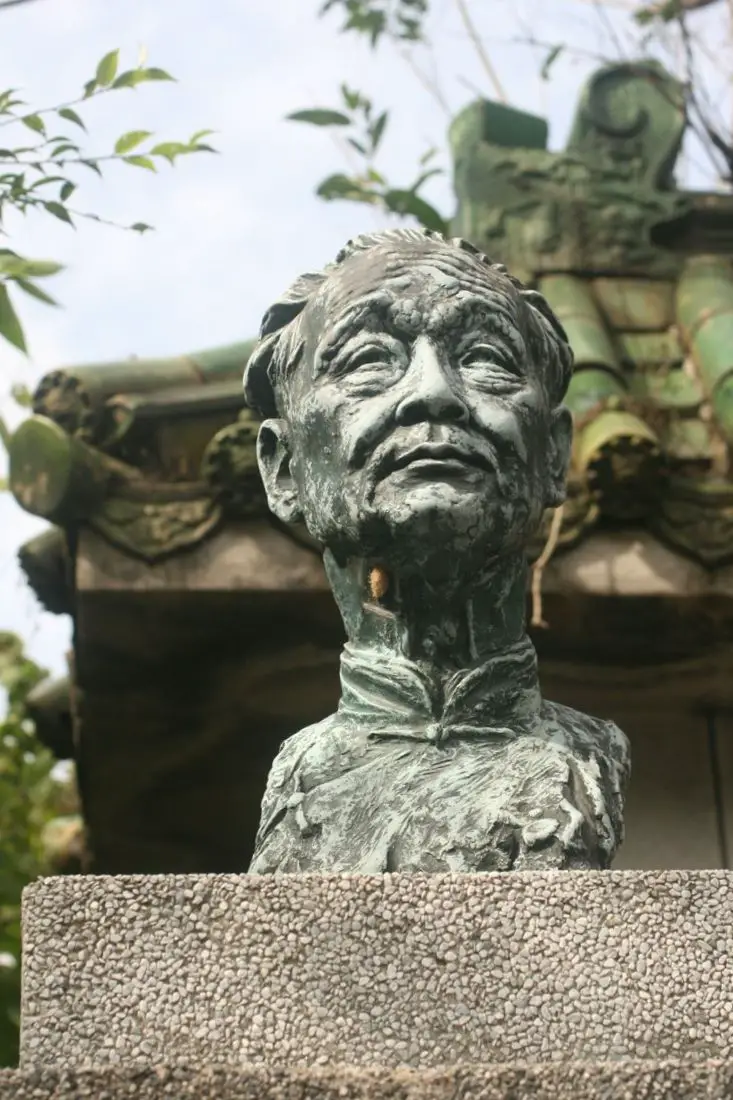
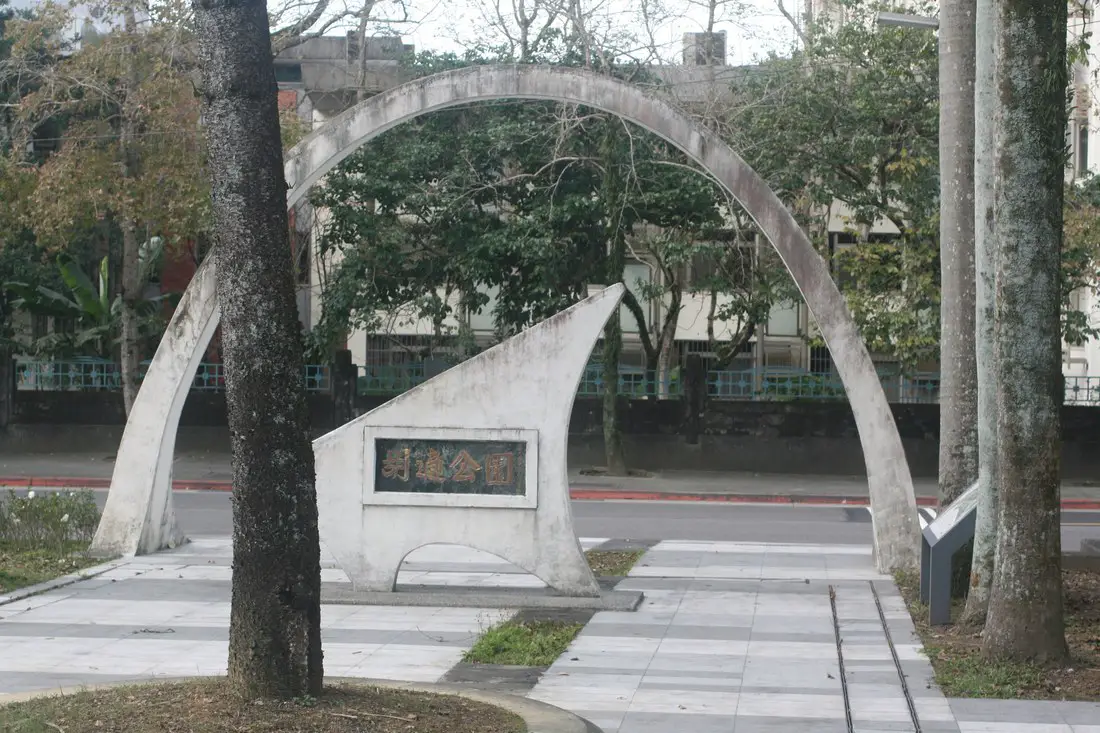
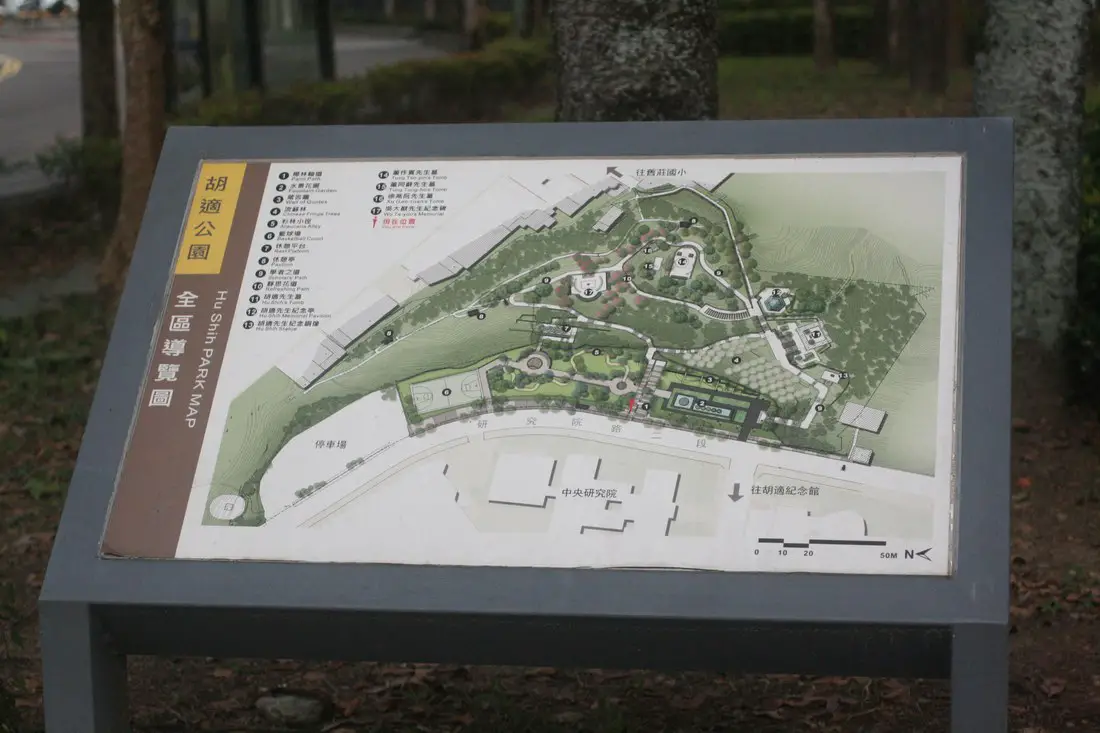
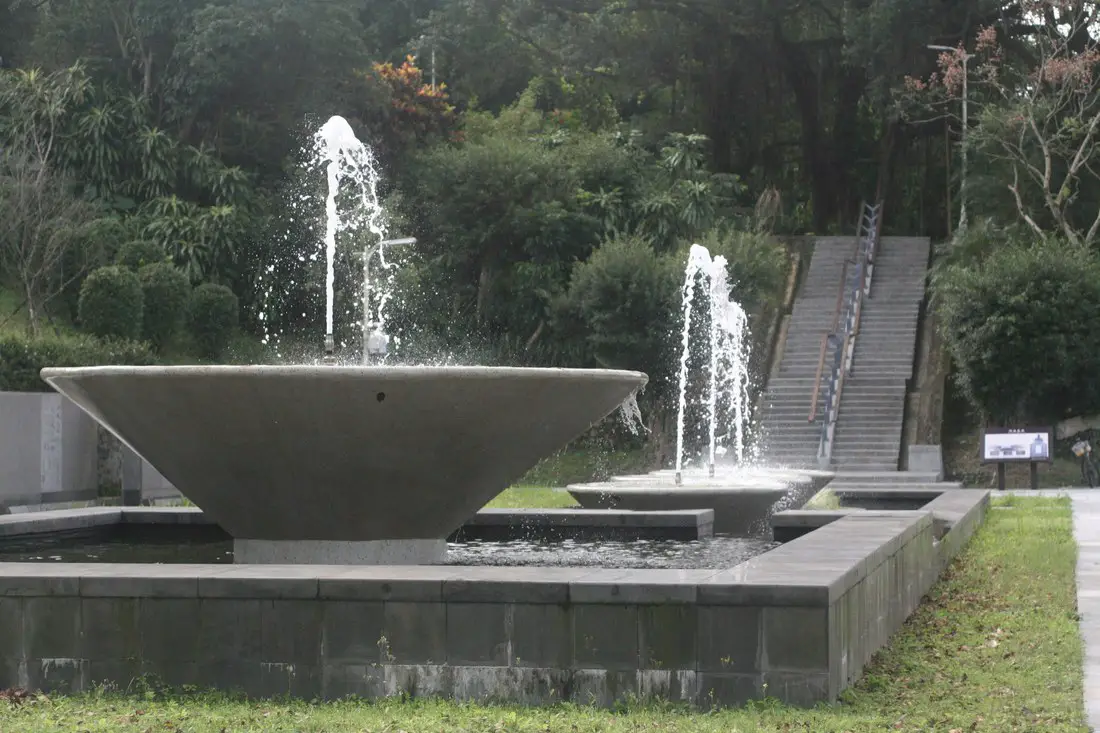
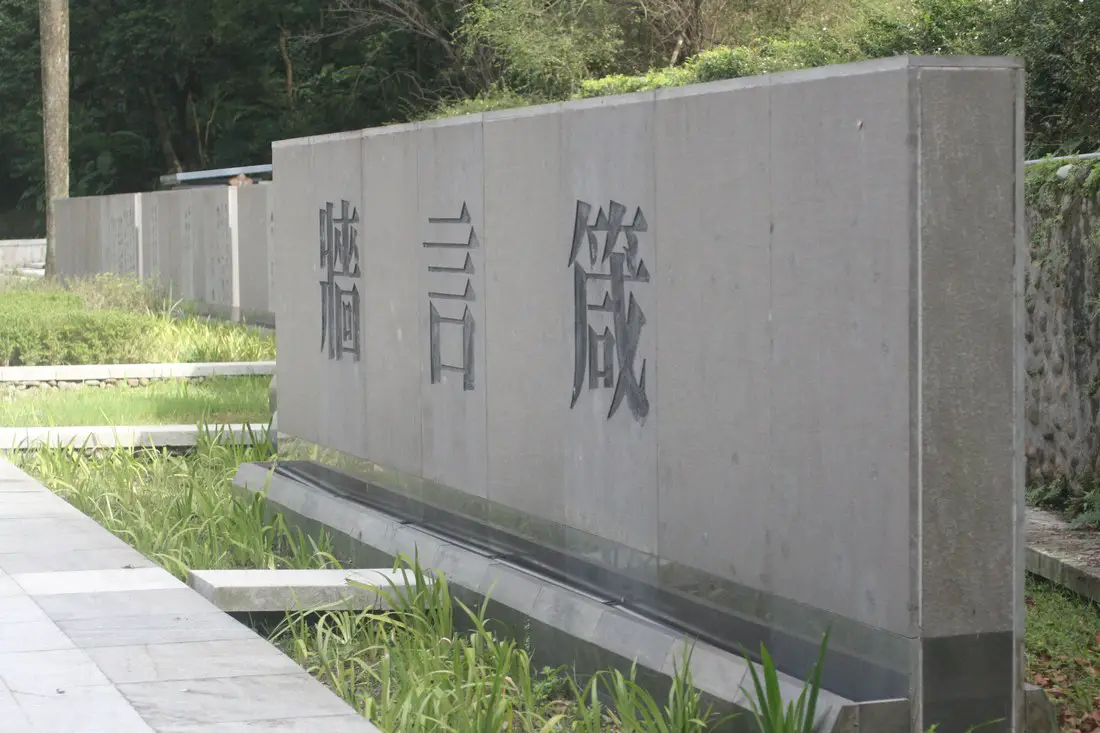
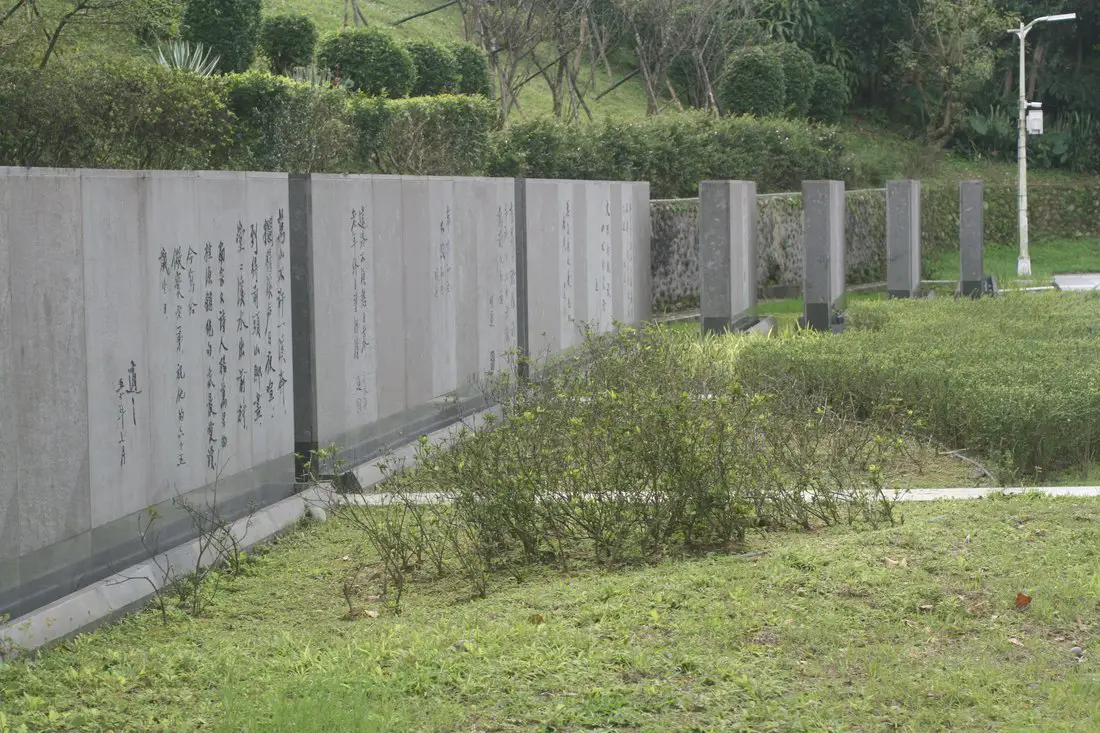

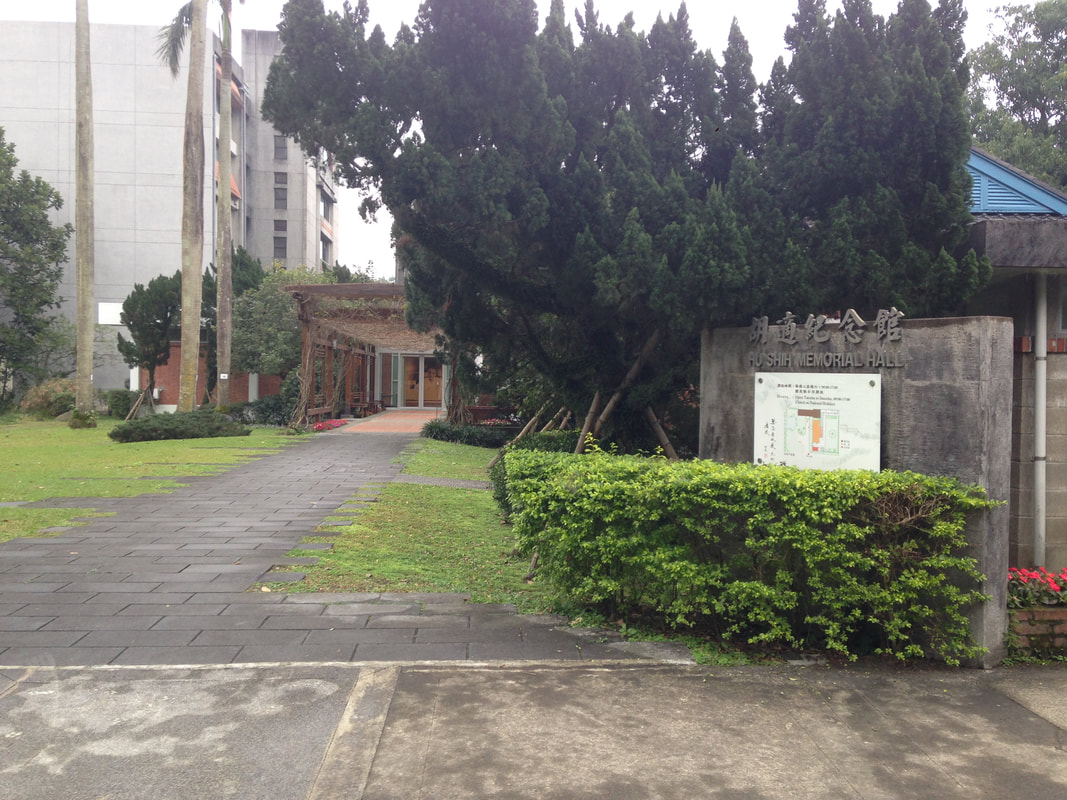

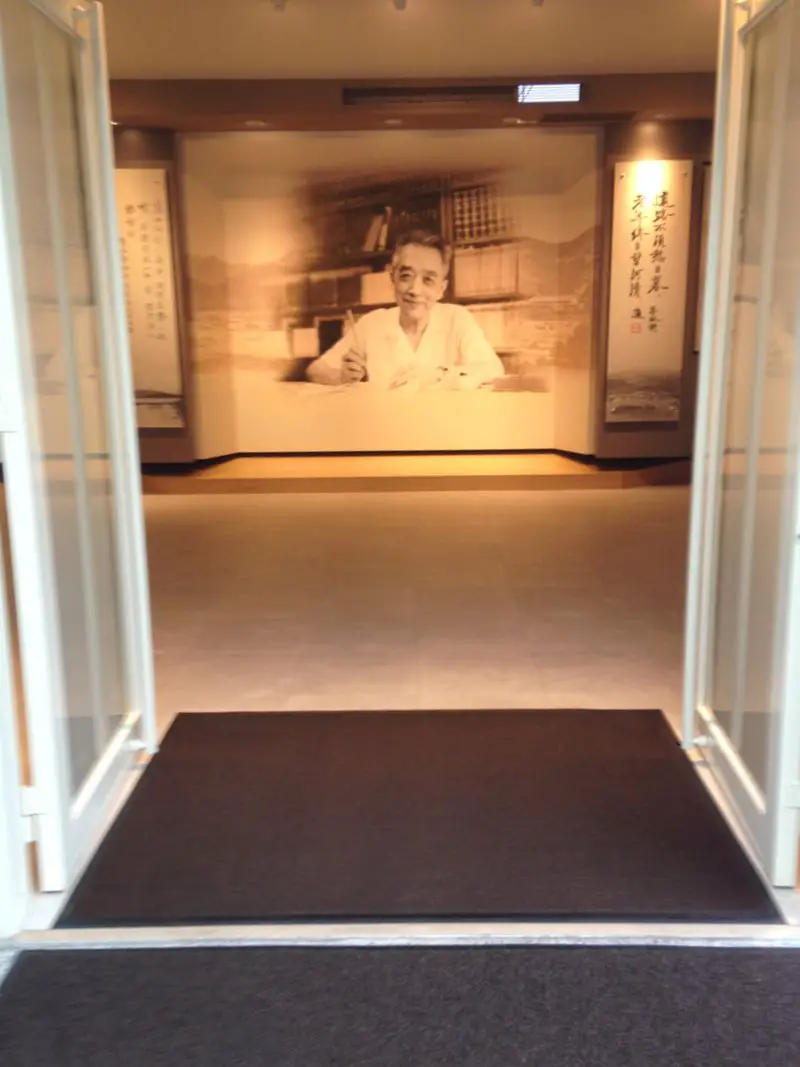
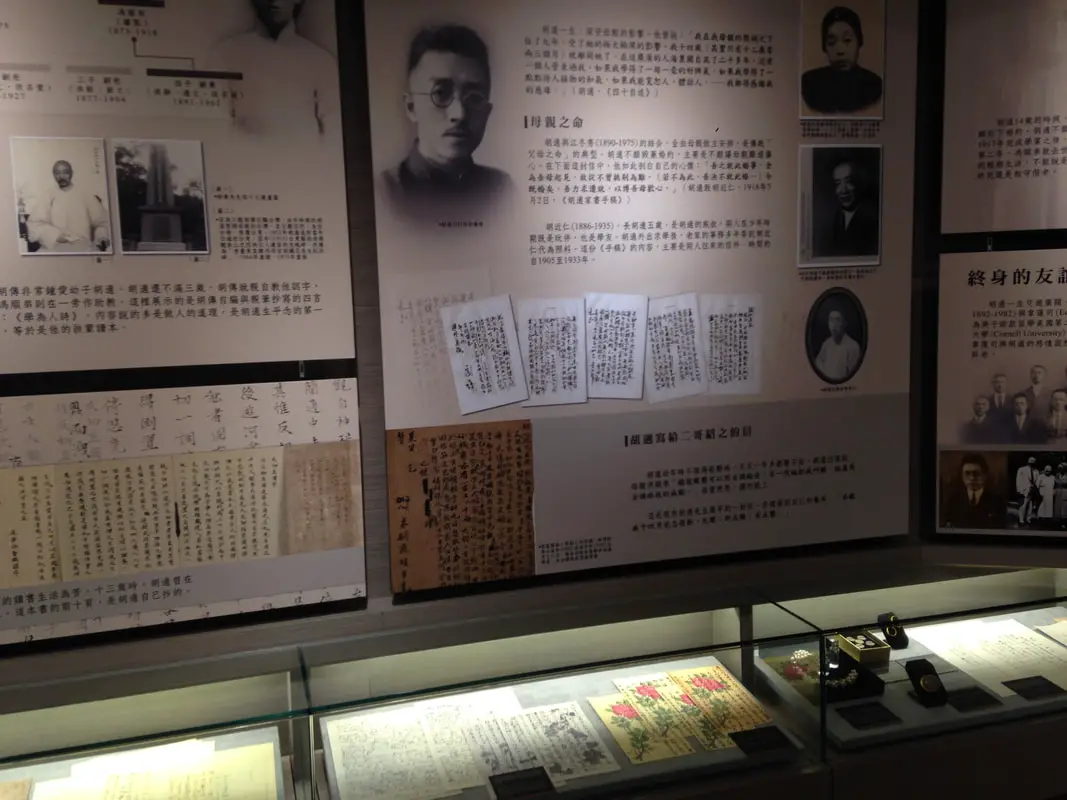
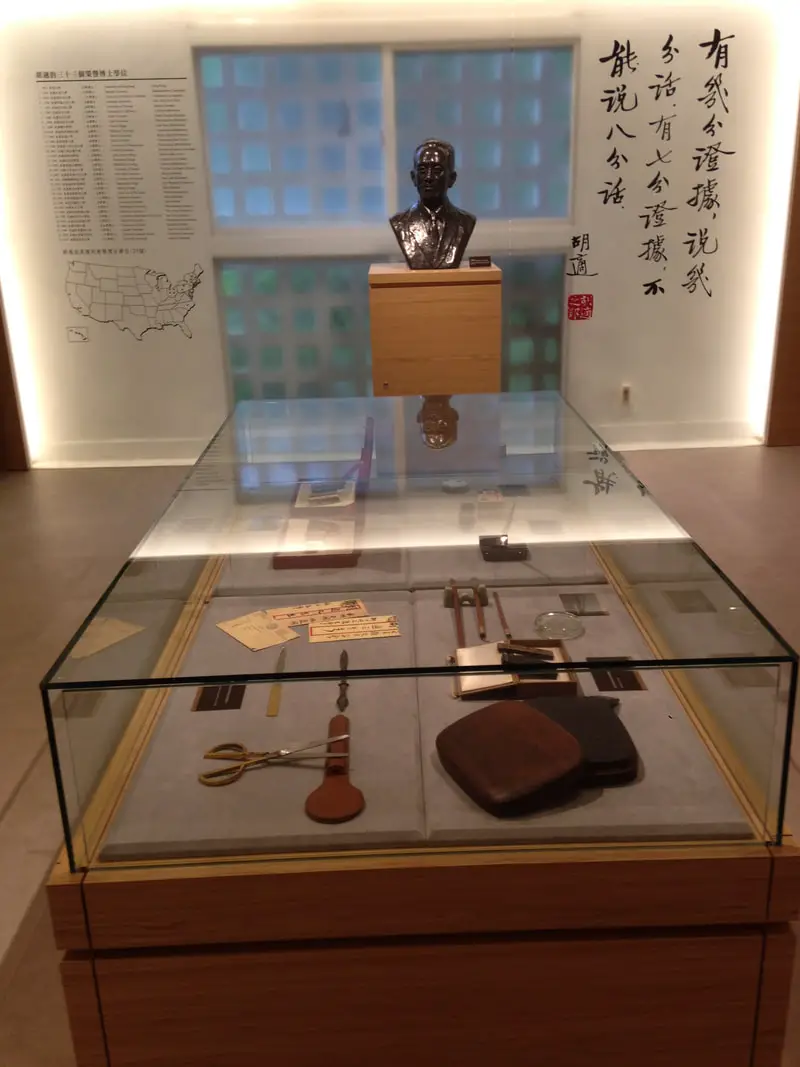
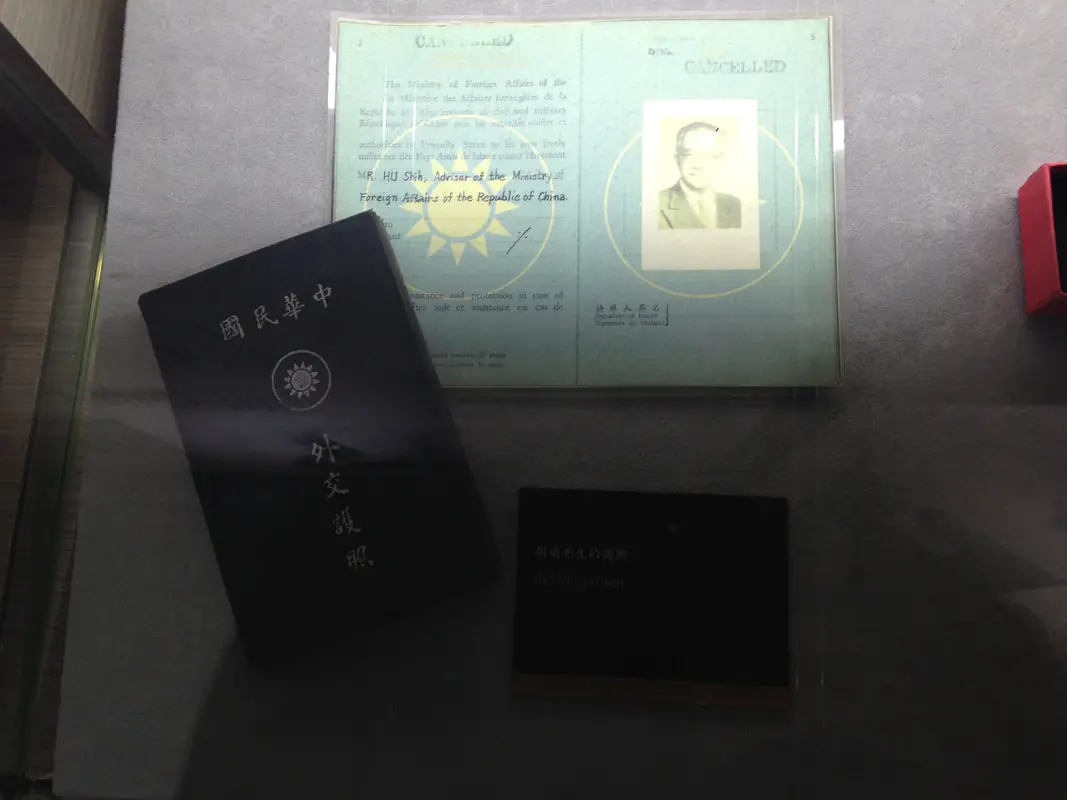
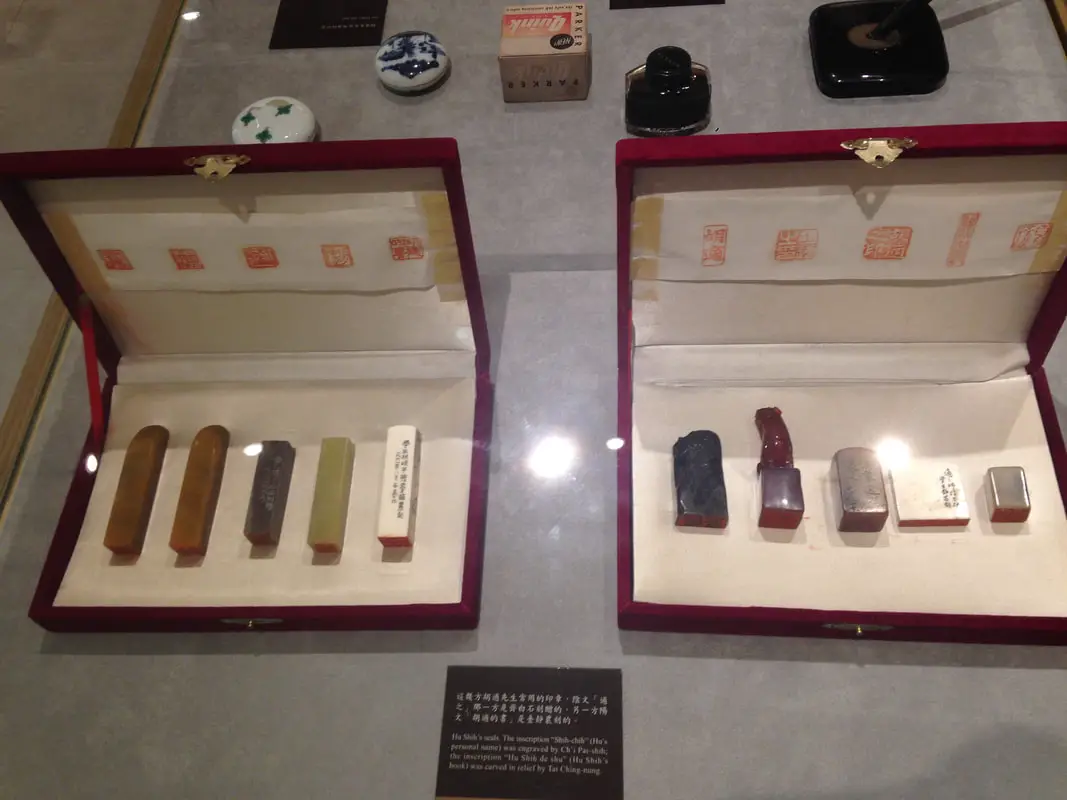
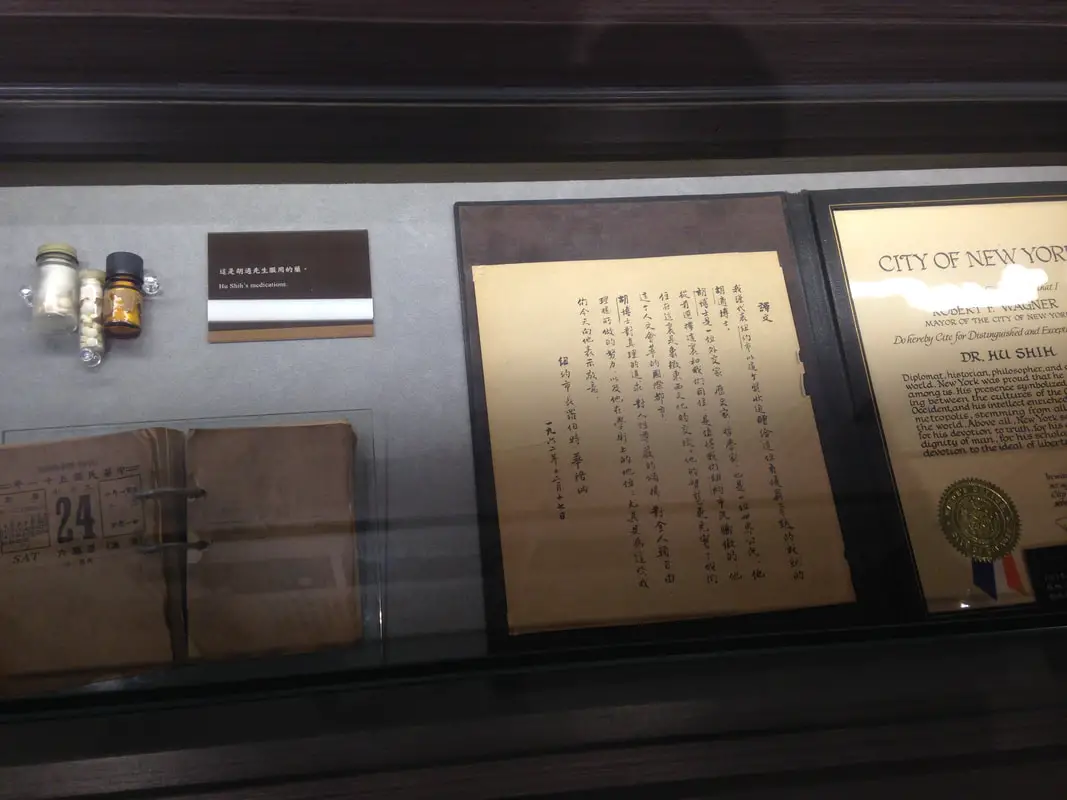
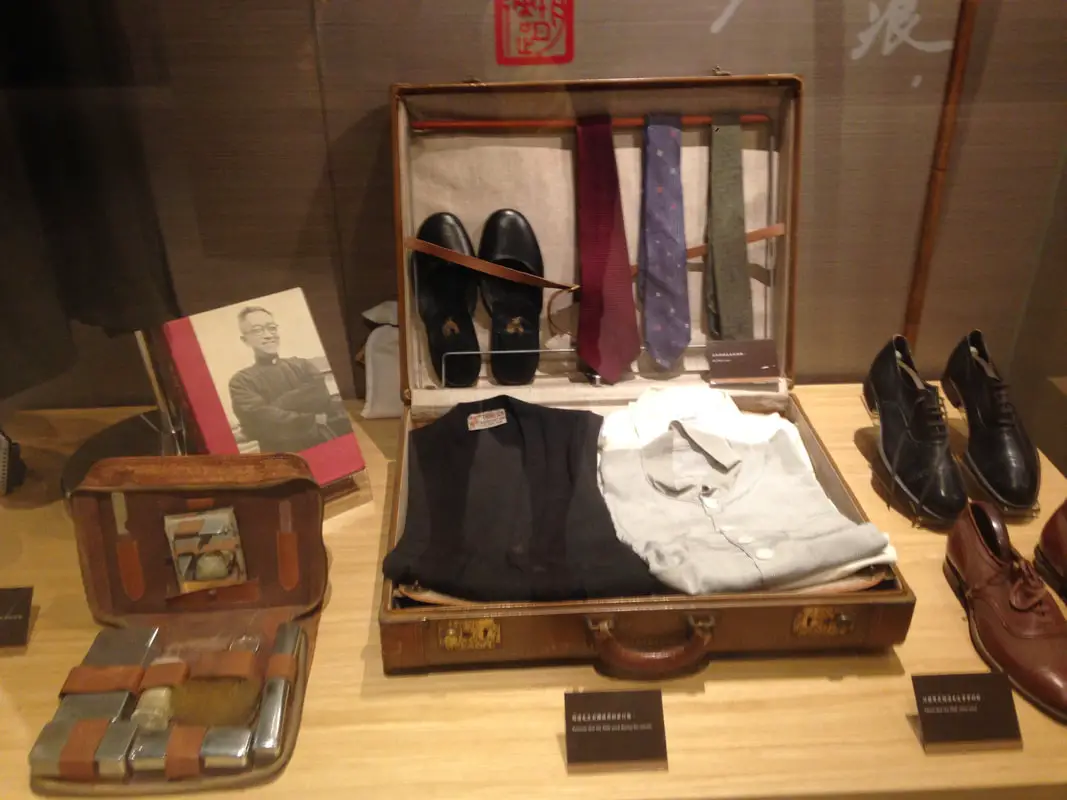
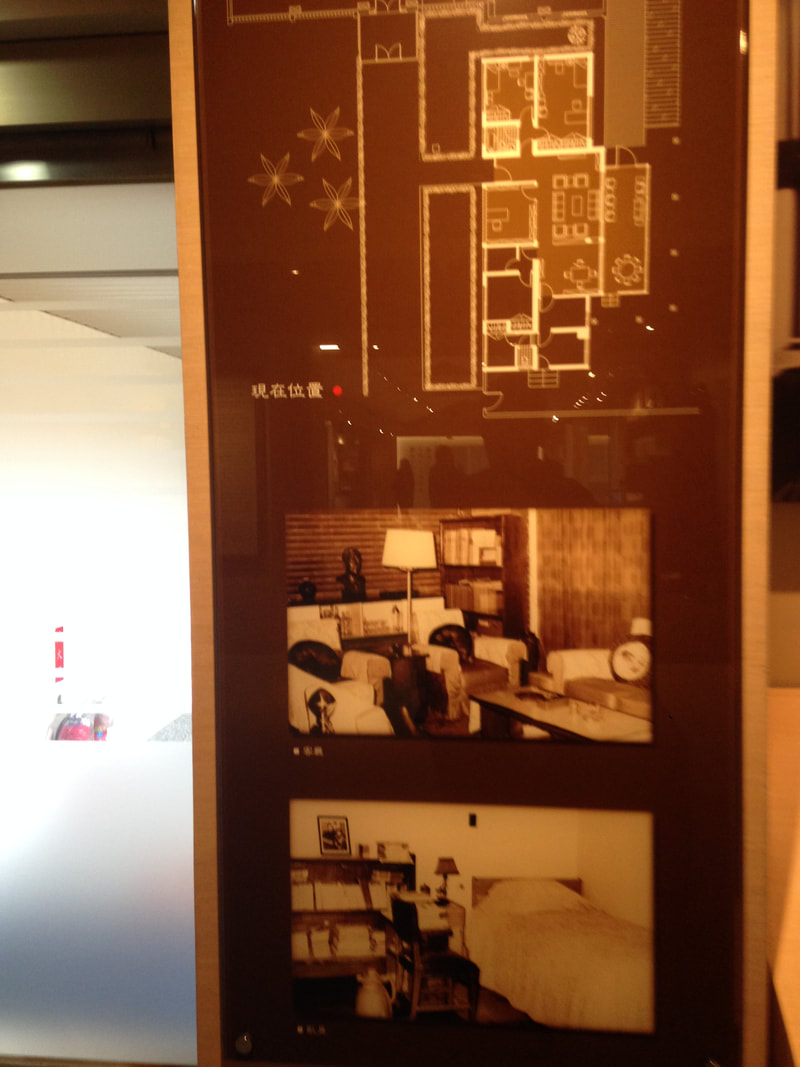
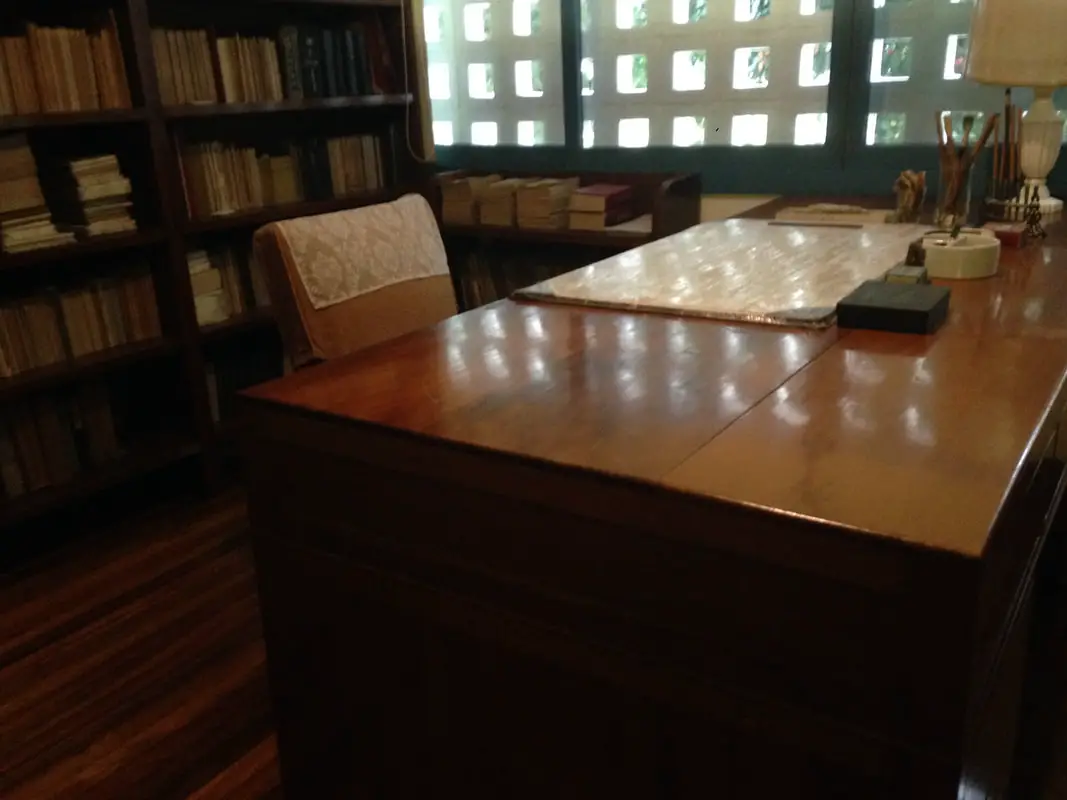
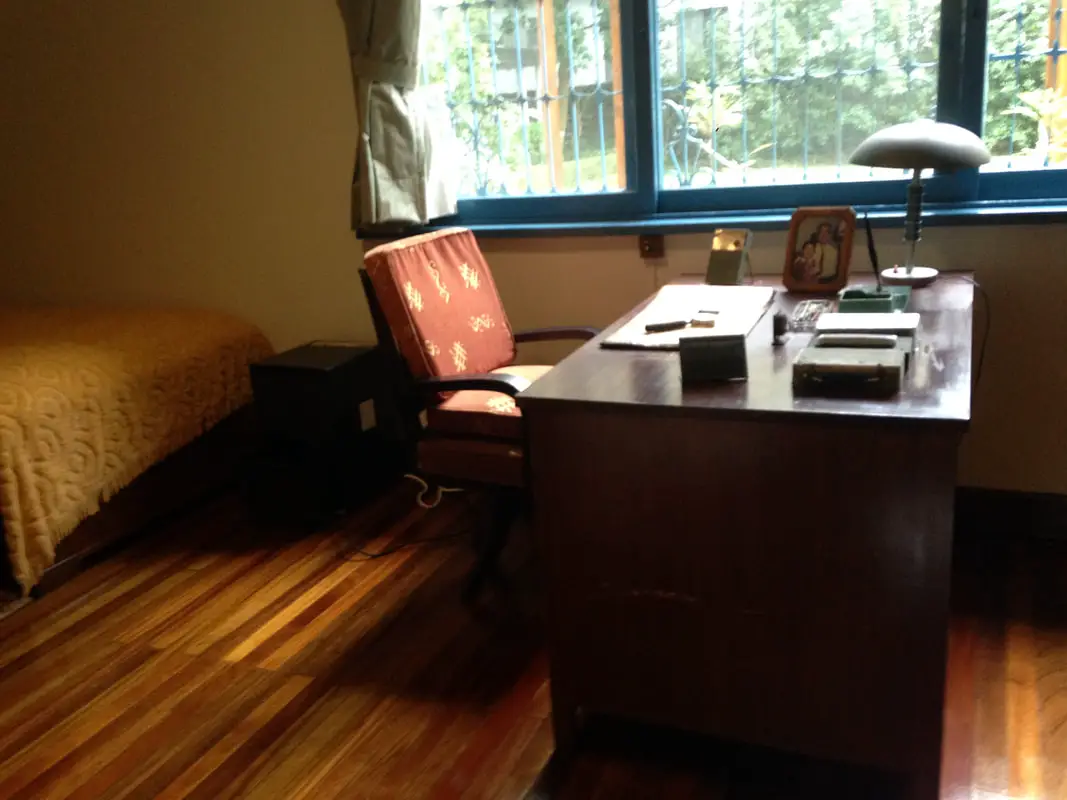
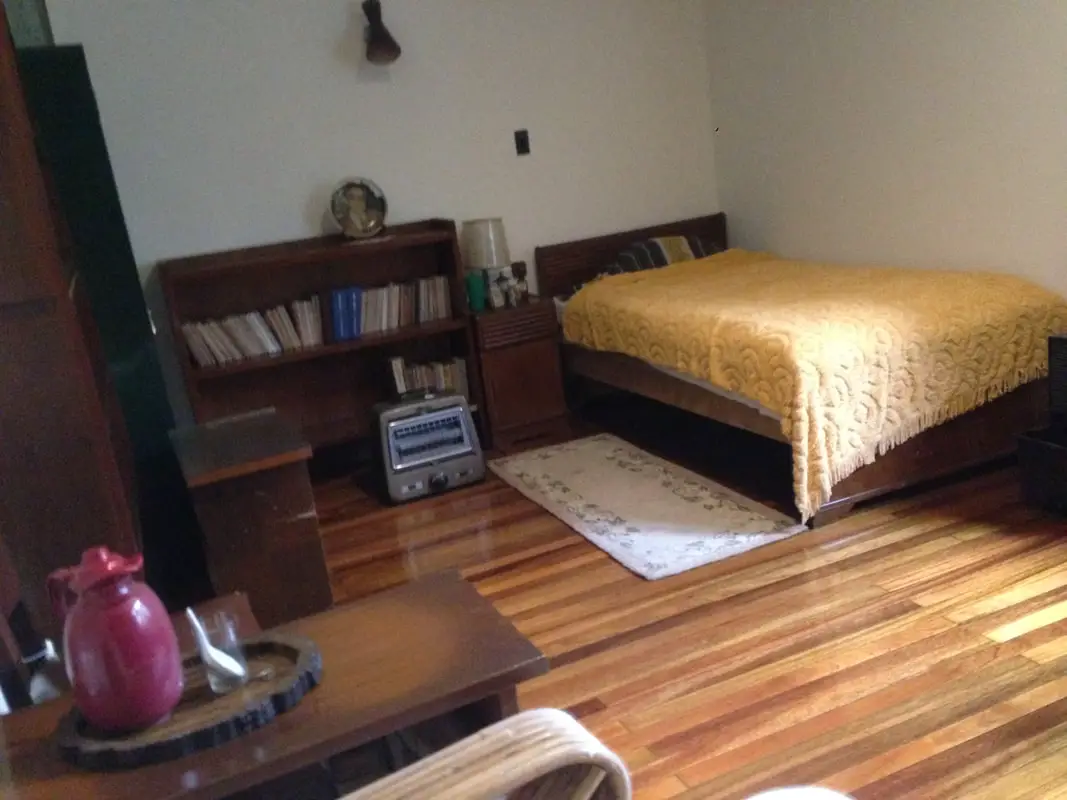
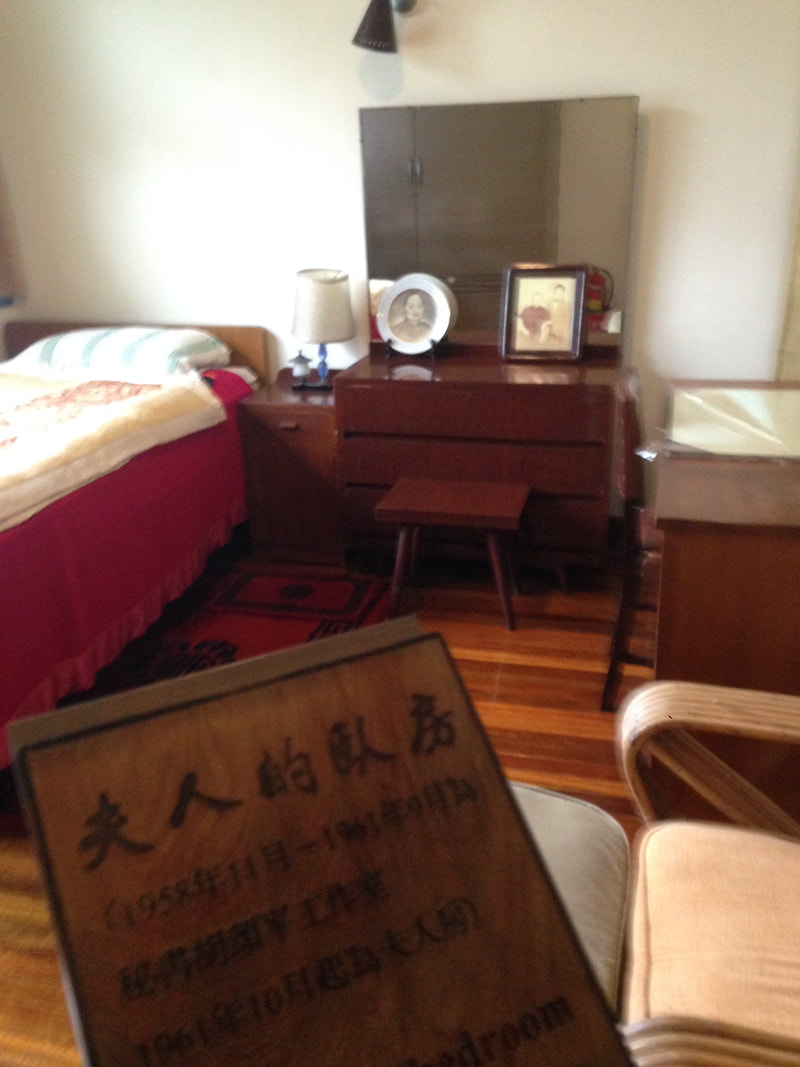
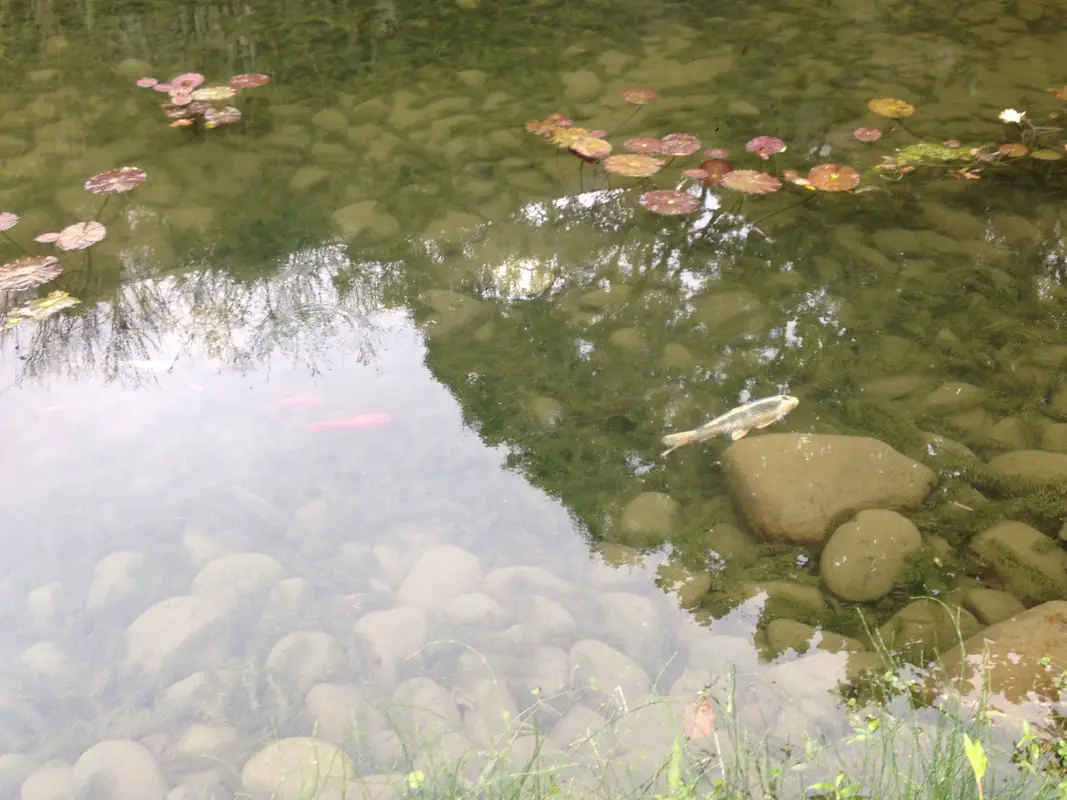
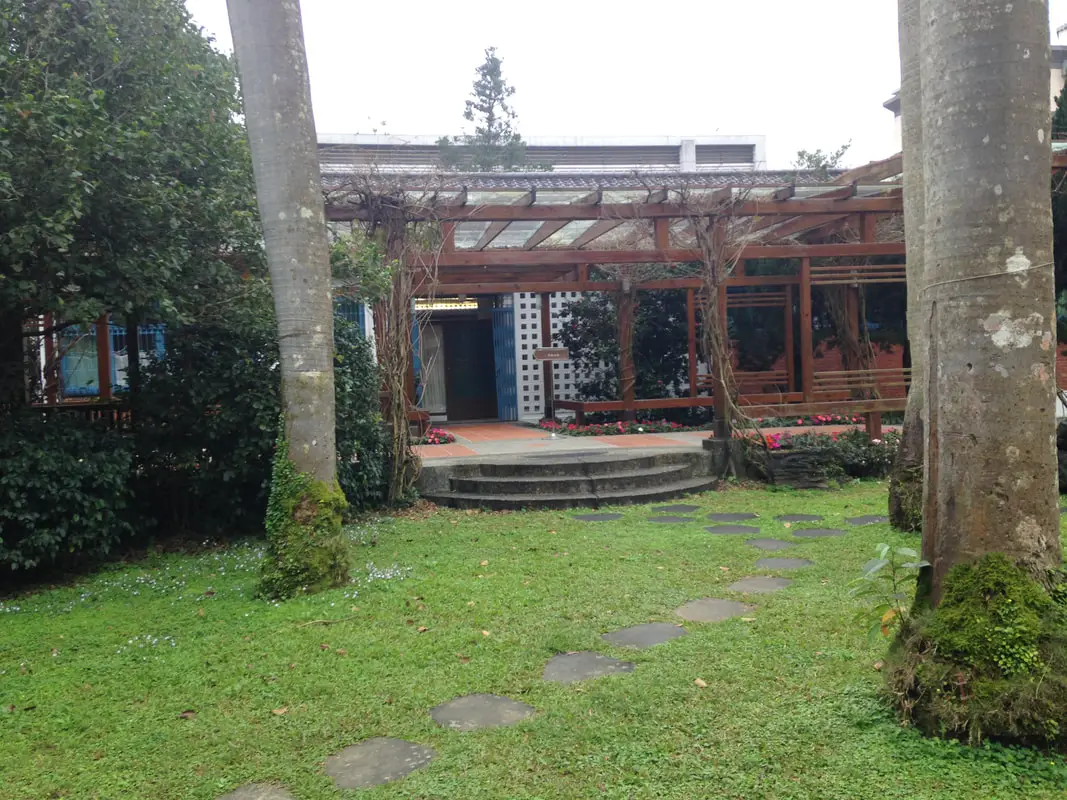
 RSS Feed
RSS Feed
